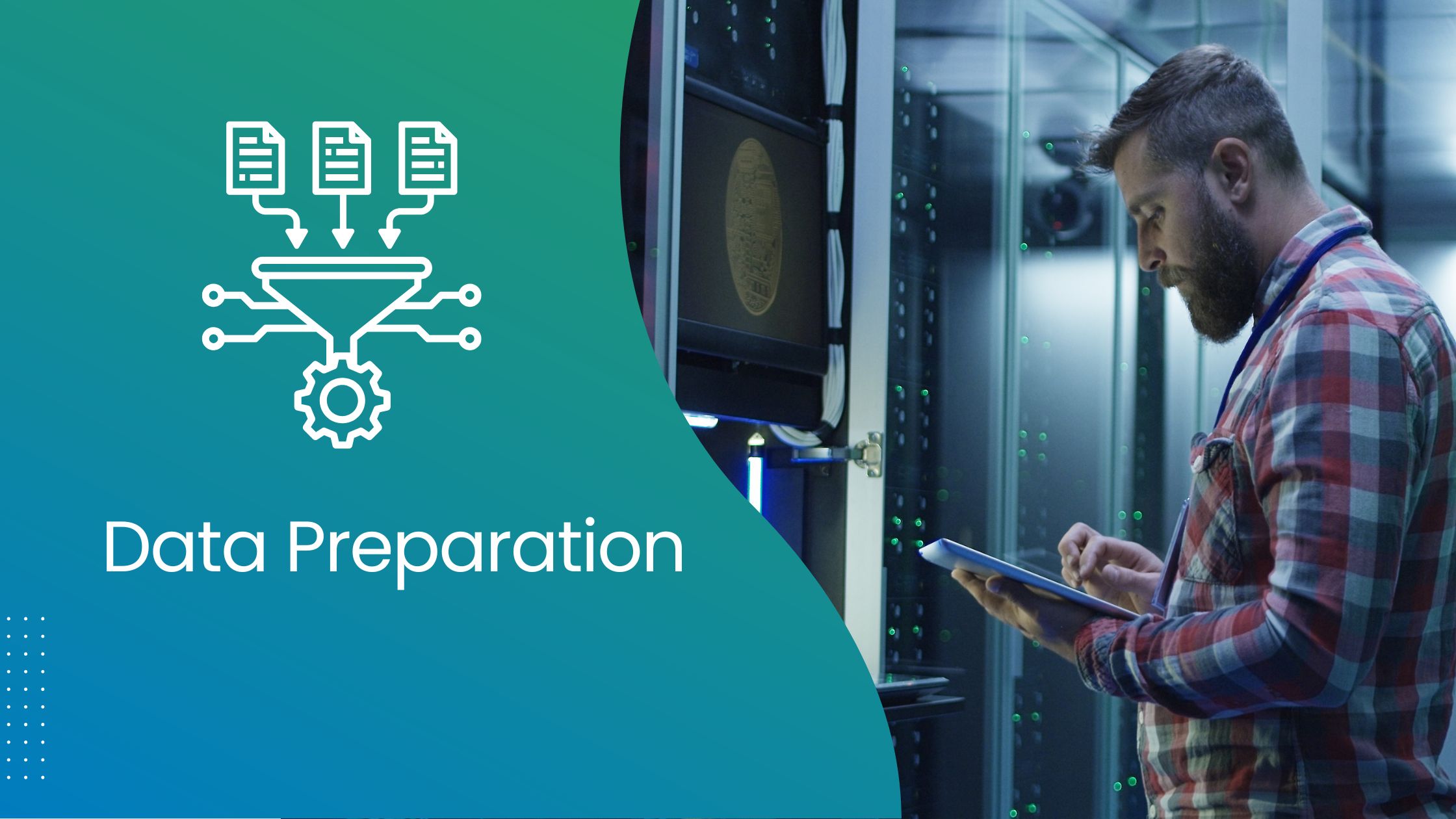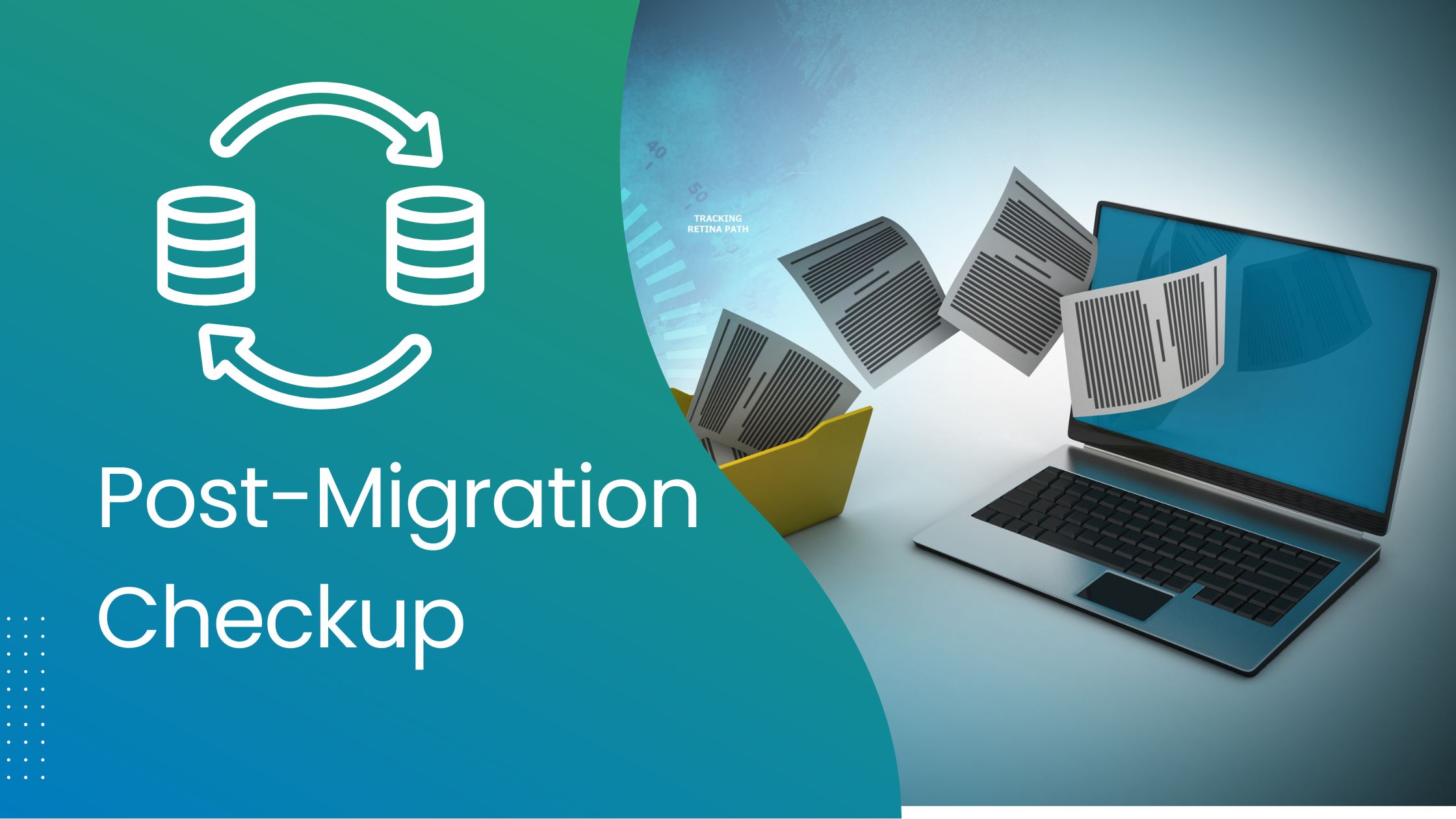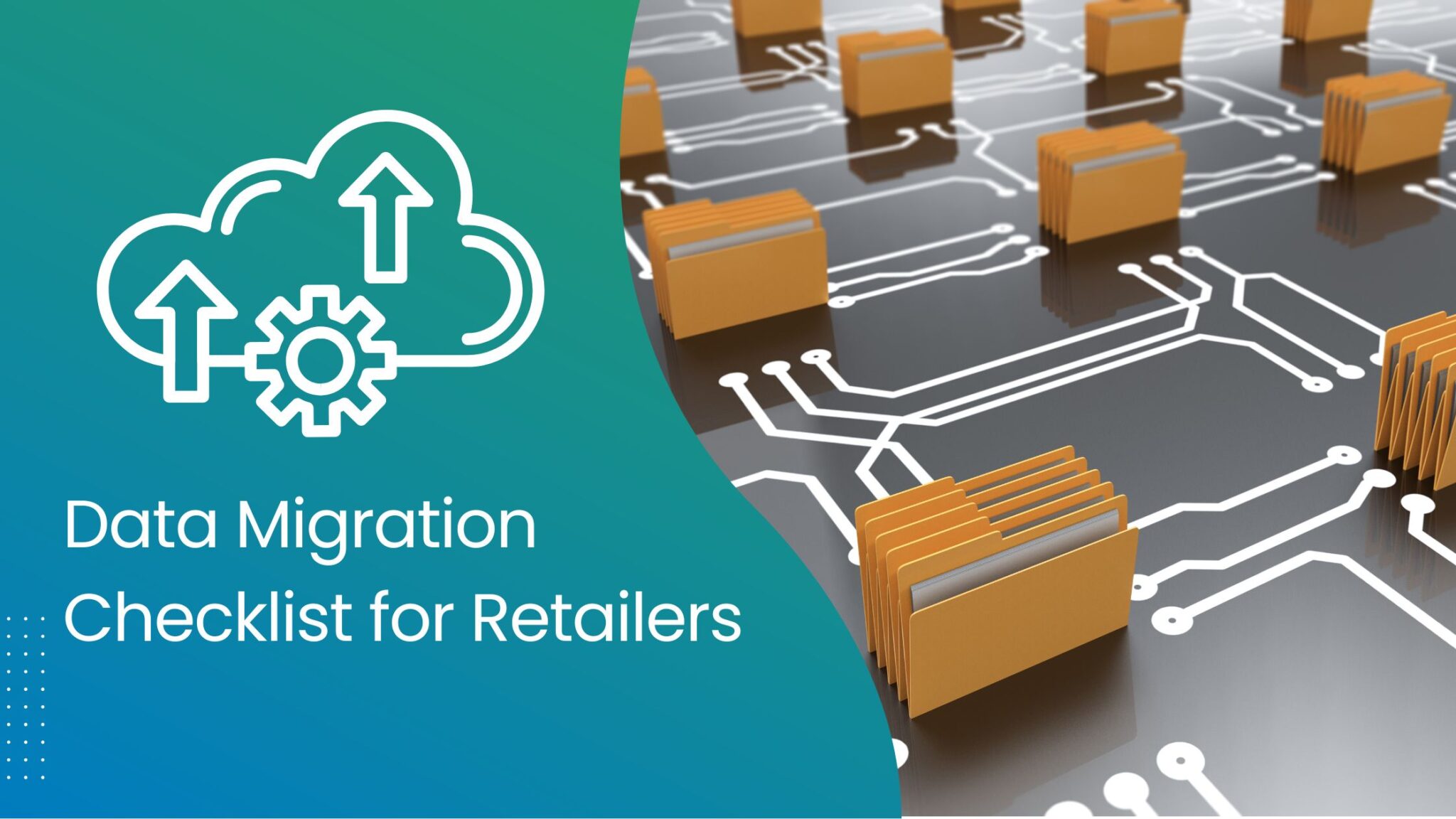A smooth data migration is a game-changer when upgrading systems or switching to a new platform, like moving from legacy systems to a modern ERP or e-commerce solution. Whether you’re transferring data from outdated databases or integrating multiple platforms, a well-planned approach ensures a seamless transition. This checklist is your guide to planning, executing, and monitoring ERP data migration so you can avoid common hiccups and keep your business running seamlessly.
1. Planning Phase
Take Stock of Your Systems
- List out all your current systems and their data sources (like POS, CRM, and inventory systems).
- Identify what data needs to make the move (customer records, order history, product catalogs, etc.).
Define Your Goals
- Get clear on what data you’re migrating and why.
- Set measurable goals, like 100% data accuracy and no downtime for operations.
Bring in the Right People
- Work with IT, data experts, department heads, and vendors.
- Assign clear roles to oversee data governance and the migration process.

2. Data Preparation
Clean Up Your Data
- Weed out duplicate, outdated, or incorrect data.
- Standardize formats across all systems (think date fields or address formats).
Map It Out
- Match fields in your current system to fields in the new one.
- Document relationships between data sets, like SKUs connecting inventory and POS.
Backup Everything
- Create a full backup of all your data to avoid any loss during migration.
Looking for expert help to make your migration seamless?
3. Build Your Migration Strategy
Pick the Right Tools
- Choose reliable tools for data extraction, transformation, and loading (ETL).
- Ensure compatibility with your ERP system to streamline ERP data migration.
Choose Your Migration Style
- Big Bang: Move everything in one go (great for smaller data sets).
- Phased: Move data incrementally (better for complex setups).
Plan for Downtime
- Schedule migrations during slow periods to minimize disruptions.
- Allow extra time for thorough testing before going live.

4. Test and Validate
Run a Trial Migration
- Use a sandbox environment and a sample data set to spot any issues early.
- Double-check that the data transfers accurately and completely.
Test with Your Team
- Have end-users test the system with the migrated data.
- Look for missing or mismatched fields and make adjustments as needed.

5. Execute and Go Live
Stick to the Plan
- Follow the migration steps you outlined, using your ETL tools.
Monitor the Process
- Use monitoring tools to track progress and address issues in real time.
Keep Everyone in the Loop
- Communicate regularly with your team about the migration status, challenges, and fixes.
Don’t let the challenges of system upgrades slow you down.

6. Post-Migration Checkup
Audit Your Data
- Run checks to confirm all data made it over intact.
- Cross-check critical details like inventory levels and customer records.
Check System Performance
- Ensure everything is running smoothly and that integrations (like e-commerce platforms and POS systems) are working as expected.
7. Document and Train
Update Your Playbook
- Document the entire process, including lessons learned.
- Keep your data maps and system configurations up to date.
Train Your Team
- Show employees how to use the new system and access the migrated data.
- Offer ongoing support to answer questions and resolve issues.

8. Keep Improving
Monitor Performance
- Keep an eye on things for the first 30-90 days to catch any lingering issues.
- Quickly address any discrepancies or operational hiccups.
Gather Feedback
- Get input from your team and customers to spot opportunities for improvement.
Plan for the Future
- Use what you learned to make future upgrades and integrations smoother.
- Establish a data maintenance strategy to ensure long-term data accuracy.
Conclusion
With the right preparation and execution, you can ensure your ERP data migration goes off without a hitch. A well-executed migration means your retail operations won’t miss a beat, and your new system will deliver the efficiency and insights you need to grow.
Ensure a Smooth Transition!
Frequently Asked Questions (FAQs)
ERP data migration is the process of transferring data from old systems to a new ERP platform while ensuring accuracy and consistency.
It helps streamline operations, enhance data accuracy, and improve decision-making with a centralized and modern ERP system.
Common challenges include data inconsistencies, system incompatibilities, downtime, and data loss.
By conducting data audits, cleansing outdated data, mapping fields properly, and setting clear migration goals.
ETL (Extract, Transform, Load) tools, data mapping software, and ERP-specific migration utilities.
It depends on business complexity. A phased migration is ideal for larger data sets, while a big bang approach works for smaller databases.
The timeline varies based on data volume, system complexity, and testing requirements but typically ranges from weeks to months.
By conducting multiple test migrations, verifying data mapping, and validating transferred data.
Perform data audits, check system performance, train employees, and monitor operations for any discrepancies.
Regular data maintenance and periodic audits ensure data integrity and system efficiency over time.

